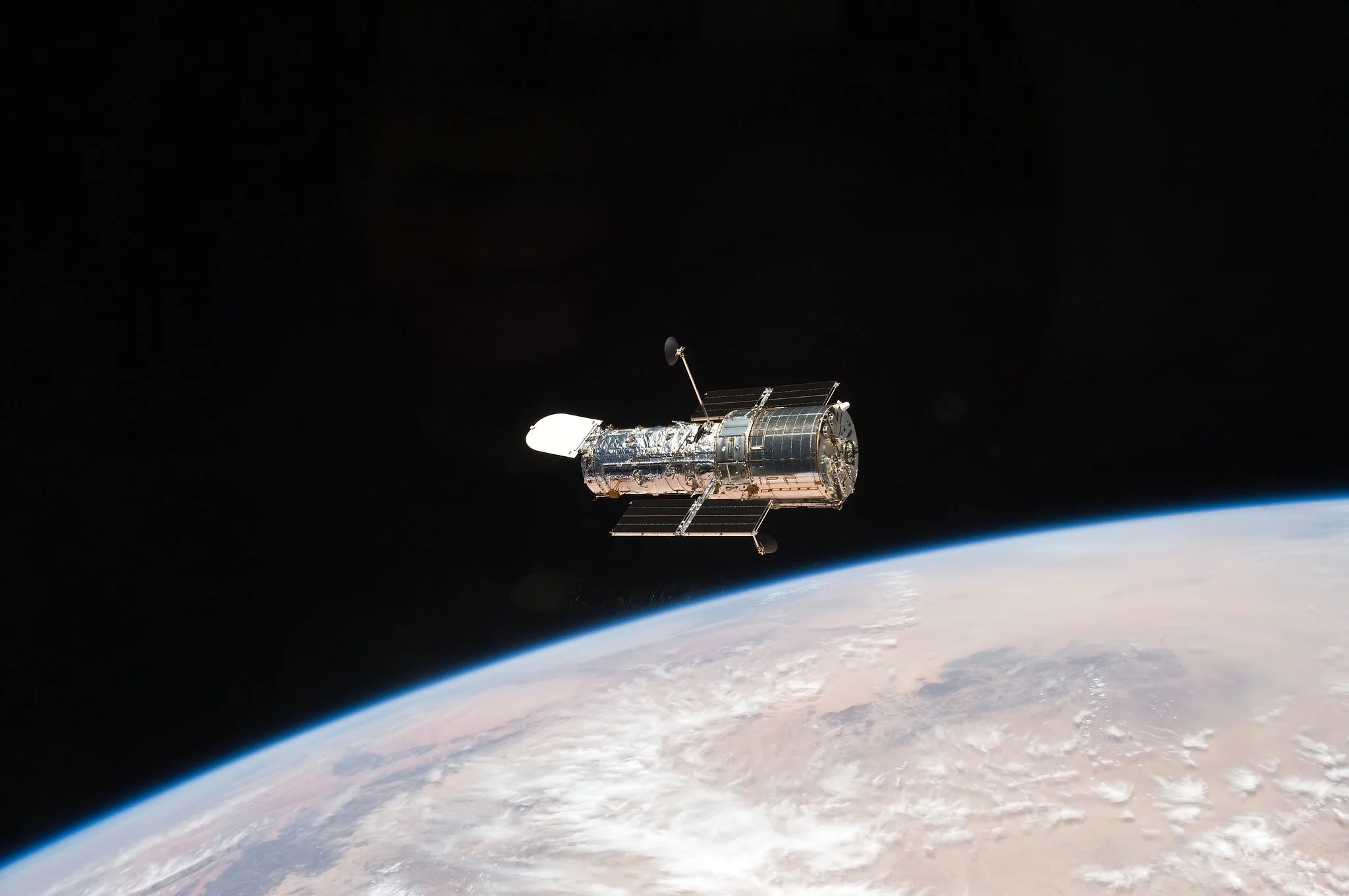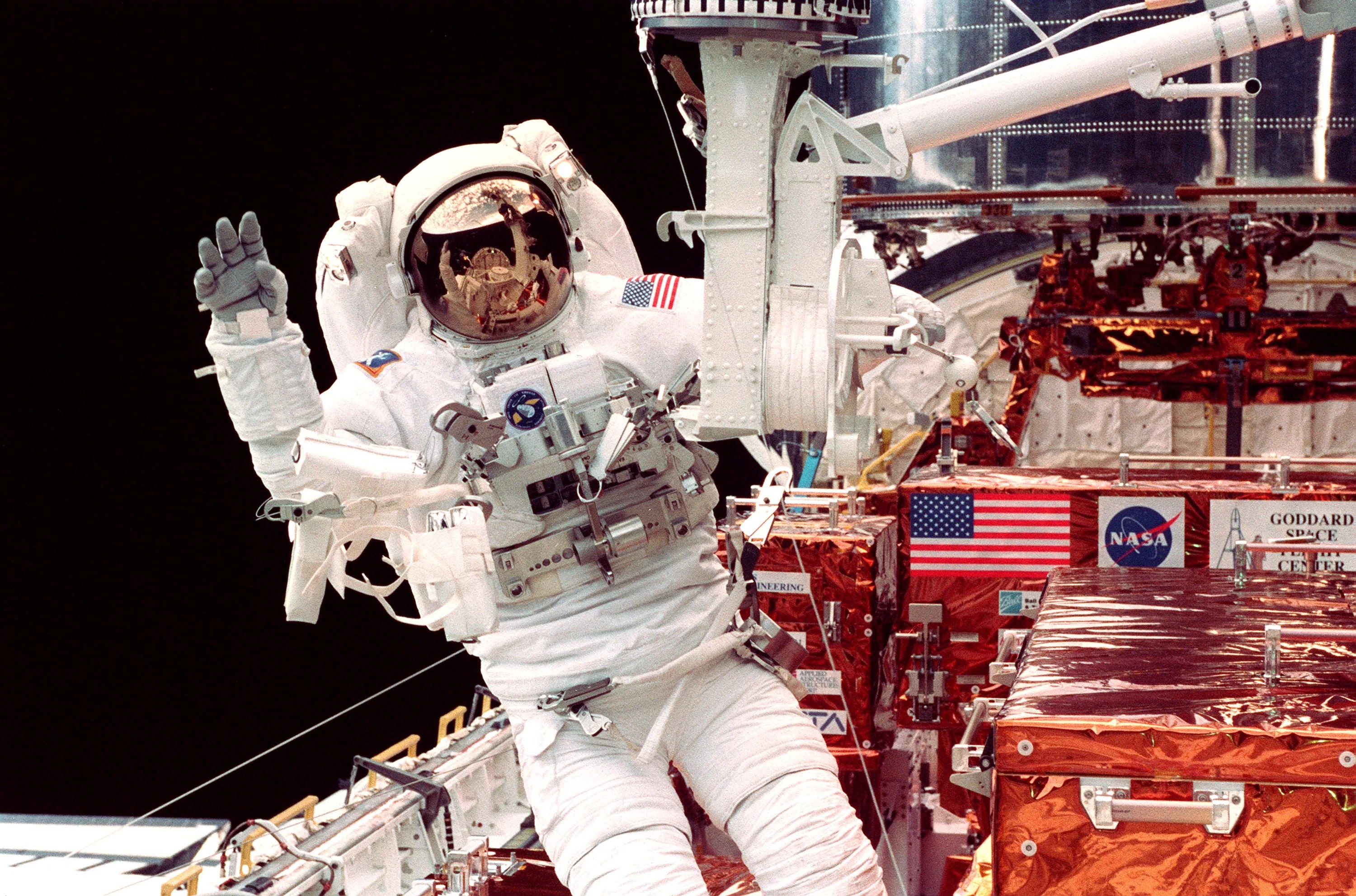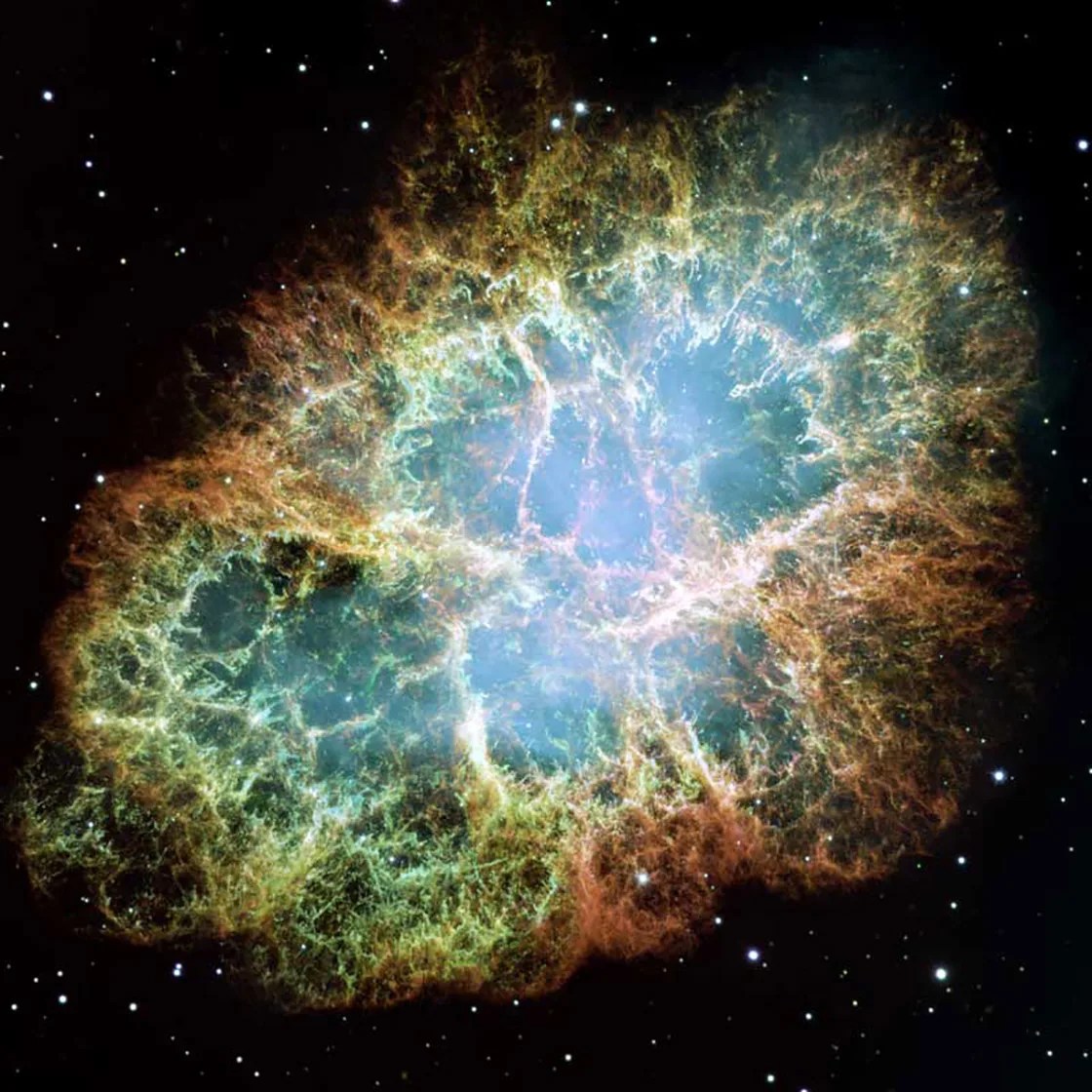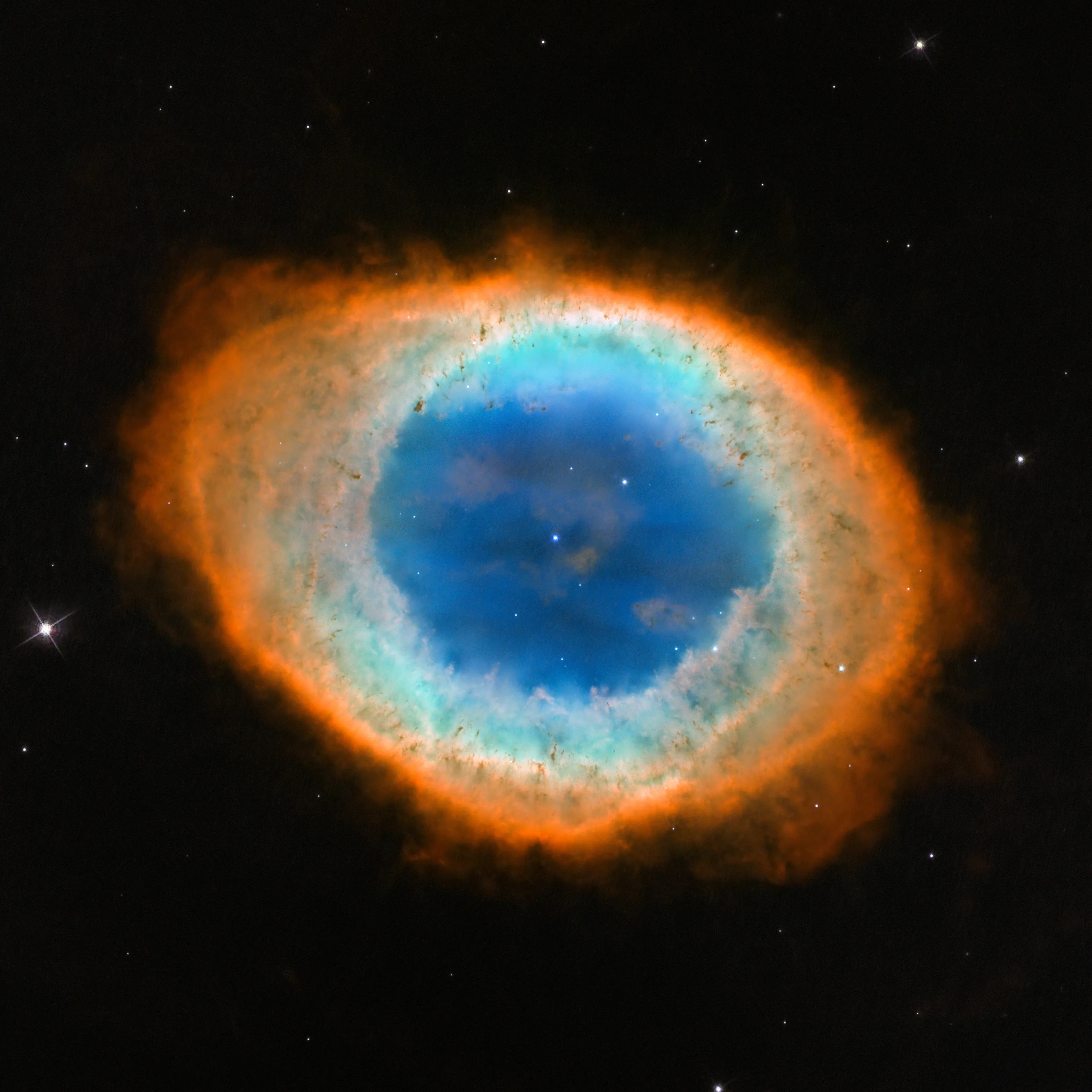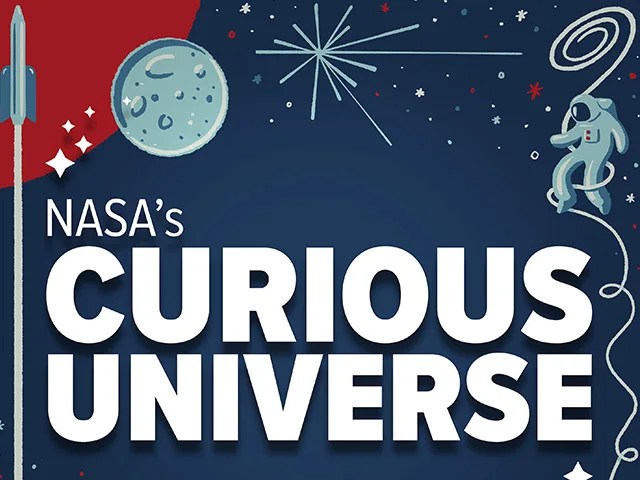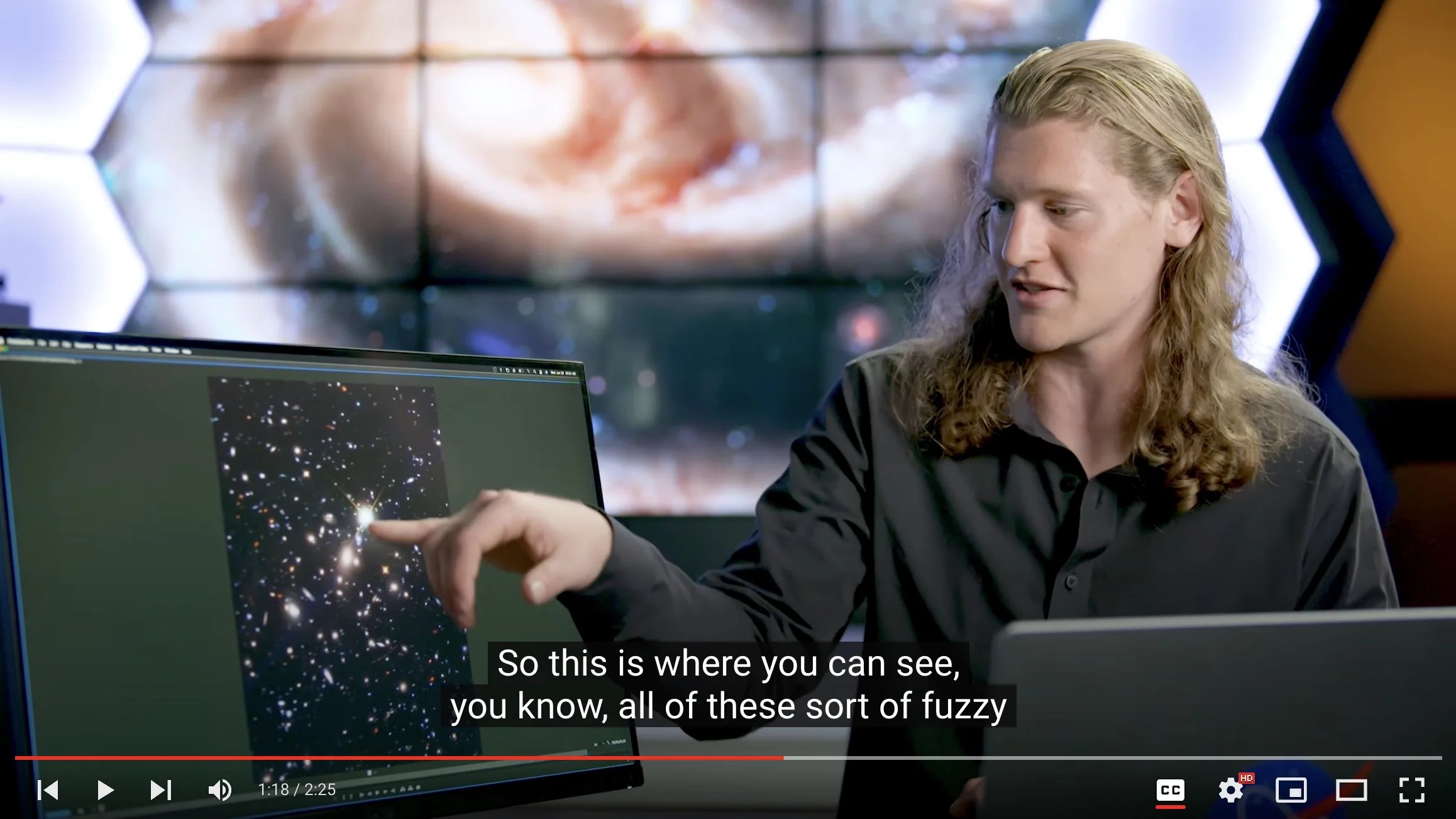Looking at Hubble’s detailed images of cosmic splendors, it’s easy to forget that the telescope isn’t all that far away. Hubble is in a low-Earth orbit, which means it’s one of the satellites orbiting less than 1,200 miles (2,000 km) from the planet’s surface.
Hubble doesn’t need to be too far above Earth ― just far enough to be past Earth’s atmosphere, which blocks some wavelengths either partially or completely and distorts light from cosmic objects. When you look up at the sky at night and see the stars twinkling, you’re really seeing shifting pockets of air creating an effect called atmospheric distortion. It’s pretty, but it prevents earthbound telescopes from getting the kind of crystal-clear view that Hubble can achieve. Hubble’s low-Earth orbit also kept it within a safe and accessible range for astronauts, who used the space shuttle to visit the telescope repeatedly over the years to repair and upgrade its components.
Hubble appears in its current location in orbit in this simulated view of the solar system. Drag to manipulate the telescope and double-click to visit other nearby spacecraft and cosmic objects. Credits: NASA/JPL-Caltech
Hubble is currently located 326 miles (525 km) above Earth's surface. If you could drive straight up, you could reach it in about the same time it would take you to drive from Baltimore, Maryland to Boston, Massachusetts. Its orbit has been as high as 360 miles (579 km) over the years, but because it still endures some atmospheric drag, it slowly descends over time. To keep Hubble from gradually falling back toward Earth’s surface, the telescope was boosted into a slightly higher orbit multiple times over the years by the space shuttle following servicing.
Facts
- Hubble races through its orbit at about 17,000 miles per hour (27,000 kph), completing an orbit about every 95 minutes. That means it sees 15 sunrises every day.
- While Hubble is speeding around Earth, it can lock onto a target without deviating more than 7/1000th of an arcsecond, or about the width of a human hair seen at a distance of one mile.
- Hubble has traveled over 4 billion miles (6 billion km) over its more than three decades in space.
- Hubble has no thrusters. To change pointing direction, it uses Newton’s third law ― every action has an equal and opposite reaction. Hubble spins internal wheels weighing about 100 lbs (45 kg). When spun in a clockwise direction, the spacecraft itself will turn counterclockwise. The spacecraft turns at about the speed of a minute hand on a clock, taking about 15 minutes to turn 90 degrees.
- Thanks to its technology and position above the atmosphere, Hubble can see astronomical objects with an angular size of 0.05 arcsecond, which is like seeing a pair of fireflies in Tokyo that are less than 10 feet (3 m) apart from Washington, D.C.

